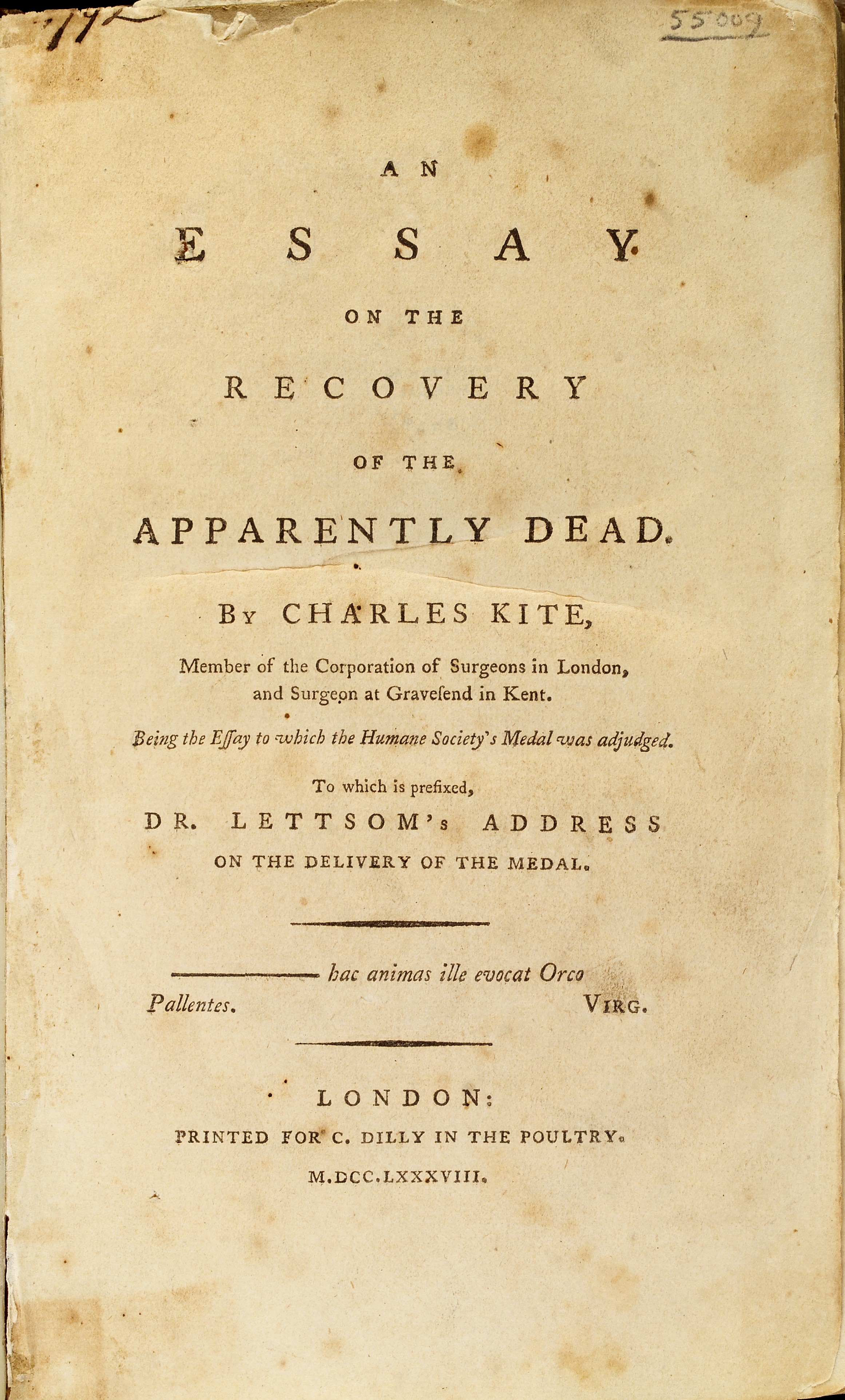Throughout the years, medicine has made a great deal of progress.
We are very far from certain techniques used by doctors in the past to try to resuscitate individuals: jet of cold water in the face, red iron on the thorax (ouch), flogging of the soles and the list goes on ...
As many tests that allowed inventors and researchers of the time to understand the functioning of the human body and more particularly, the heart.

It was in 1788 that Charles Kite evoked the use of electricity as a potential means of resuscitating individuals in a state of apparent death.
In the 19th century, events followed each other with different experiences using electric shocks. The Swiss physiologists Prévost and Battelli discovered, at the dawn of the 20th century, that it was possible to induce ventricular fibrillation by electric shocks and that this fibrillation could also be stopped using the same technique.
In order to minimize the electrified mortality of their employees, two large US power companies decided to allocate large budgets to research in the 1940s. During a heart surgery in 1947, Claude Beck perfomed the first successful defibrillation with electrodes placed directly on the heart.

It won't be until 1957 and Dr. William Bennet Kouwenhoven, also referred to as "The father of cardiopulmonary resuscitation" (CPR) who will be the first to develop and perfect the firstclosed chest electric heart defibrillator (knowing that all previous tests had been directly done on the heart, with an open chest).
Back in the day, all created and used defibrillators were intra-hospital and extremely heavy (weighing over 70 kg). The frist transportable defibrillator, able to be placed in an ambulance, will be created in 1966.
The first semi-automatic defibrillators will appear in the 1980s.
Sources:
- Bruno Haliouoa, Le magazine de la santé, 29 novembre 2011
- Charles Kite, An Essay on the Recovery of the Apparently Dead, C. Dilly, Londres, 1788
- JL Prevost et F Battelli, « La mort par les courants électriques. Courants alternatifs à haute tension », J Physiol Pathol Gen, vol. 1, , p. 427-442
- Beck CS, Pritchard WH, Feil HS, « Ventricular fibrillation of long duration abolished by electric shock » JAMA, 1947;135:985
- Alexander S, Kleiger R, Lown B, « Use of external electric countershock in the treatment of ventricular tachycardia » JAMA, 1961;177:916–918
- Pantridge JF, Geddes JS, « A mobile intensive-care unit in the management of myocardial infarction » Lancet, 1967;2:271–273

